
|
|
|
|
“Caught in the devil’s bargain” Joanie Mitchell
No experience has so impacted the United States as profoundly and lastingly as the years of black enslavement from 1619 to the end of the Civil War. “The peculiar institution” remains a defining characteristic of who we were, are and will become as a nation. How do we align the events of the past with the view of ourselves that we are a country founded on the principles of liberty for all and malice toward none? www.louisianatravel.com
To better understand the present we must peel back the layers of the past and a trip to the plantations along both sides of the river on Louisiana’s Great Mississippi River Road is a great way to do it. The road begins just outside of New Orleans and winds 70-miles to Baton Rouge. This was the same road that planters and slaves traversed as they traveled from city homes to plantations or moved from field to field, passing palatial homes, slave quarters, rustic churches, bayous and levees. www.gonola.com, www.neworleansplantationcountry.com
Many of the mansions remain, some offer tours and a few feature overnight accommodations. The largest group of homes was constructed beginning in the early 1800s, often in the Greek Revival-style with a common feature being the use of columns. There is also a collection of Creole houses that dates from the French colonial era. Moss draped oaks and beautiful gardens complete these idyllic scenes but there are other equally important structures that remain from the ante-bellum period. The dependencies, slave quarters and work buildings were also significant parts of the plantation complex. www.nps.gov/nr/travel/louisiana/riverroad
In 1682 La Louisiane, named to honor Louis XIV,
became a colony of France. Antoine Crozat became the
Proprietor of Louisiane in 1712 with an express mandate
to fill the colony with white Catholics and black slaves
in hopes of bolstering France’s sagging economy. Prior
to this the native population had been the primary
slaves but they proved difficult because they could
escape and return home. The settlers primarily imported
black slaves from their West Indies colonies. John Laws
Company of the West took over in 1717. He promised to
supply 3,000 black slaves by 1727. By 1721 two-thousand
slaves had been imported but only 565 survived because
of the disease, climate and arduous labor.
Native Americans and Africans joined forces
on several occasions to rebel, most notably The Great
Natchez Massacre on November 18, 1729. Natchez Indians
and Africans joined forces and launched an attack that
killed approximately 200 of the French and freed more
than 275 slaves. Slaves who fled the plantations would
often create maroon (from the French marronage, “to
run away”) communities in the bayous and swamps. When
the Spanish took over they abolished Indian slavery in
1763.
A series of events occurred at the end of the 18th-century
that made black slavery even more lucrative. The
invention of the cotton gin and mechanization of
spinning and weaving increased production and sale of
cotton. In 1795 it became possible to produce granulated
sugar from Louisiana cane. White planters fled the
Haitian revolt bringing with them slaves skilled in the
labor needed in the region. Steamboats began plying the
waterways of Louisiana increasing the ease of shipping
goods.
The value of a slave in Louisiana increased and
generally cost double the price in Virginia. New Orleans
became the largest slave market in the nation, selling
6-8,000 annually. In 1860 there were 331,726 in
the state and it ranked first in the number of people
owning 70 or more slaves. Solomon Northrup in “Twelve
Years a Slave” graphically describes slave sales in New
Orleans and life on a River Road Plantation.
Cajun Swamp Tours, in the heart of the 54-mile Plantation Country, provides an excellent way to explore the bayous and swamps on a cruise within a private wildlife refuge. The native-Cajun guides narrate as you spot wildlife and pass by the Cajun town of Frenier and the gravesite of the Julia Brown. Brown, believed to have been a voodoo priestess, had an acrimonious relationship with her neighbors. She predicted that upon her death they would die too. She died in 1915, the same day a hurricane wiped out the entire community. Her spirit makes Manchac the country’s most haunted swamp. You may not see Julia but you will see numerous American gators. www.cajunprideswamptours
River Road’s plantations are noted for their architecture, individual histories and now, the unique and increasingly comprehensive manner in which they tell their stories, making each plantation distinctive and worthy of exploration. #nolaplantations
The oldest extant plantation is the 1787
Destrehan, built during the French Colonial era. The
third owner, Jean Noel Destrehan, migrated from France,
successfully granulated sugar, became incredibly wealthy
and was instrumental in Louisiana’s statehood quest. The
house is French Colonial with Greek Revival Doric
columns and semi-detached wings. Some of the furnishings
and all of the portraits are original and a 1,300-lb
marble bathtub is a showpiece. Interview with the
Vampire was filmed here.
The 20-acre complex features 15 tour stops and a
history that is inclusive of all the people who lived
and worked there. The slave cabins are original but
their porches are not. Costumed docents share
information on general history and the lives of the
enslaved. Demonstrations on daily life including indigo,
construction, weaving, cooking and African American
herbal remedies are presented on a rotating basis.
The Miller-Haydel Museum has an excellent exhibit
detailing the 1811 slave rebellion, the largest in US
history. More than 500 farm implement wielding slaves
headed to New Orleans shouting for freedom. Their way
was blocked by troops and a battle ensued. Some rebels
were hacked apart and decapitated, their heads displayed
on pikes along River Road. There were 3 trials for the
remaining leaders, one of which was held at Destrehan.
The story was suppressed because plantation owners
feared further rebellion. Interestingly, after the Civil
War the plantation was the site of a freedman’s colony.
www.destrehanplantation.org
“I remember when they put ‘em on
the block to sell ‘em.
The ones ‘tween 18 and 30 always bring the most money.
The auctioneer he stand
off at
a distances and cry ‘em off
as they stand on the block. I can hear his voice as long
as I live.” —W. L. Bost
Laura Plantation features a 75-minute
award-winning tour of this Creole Plantation that brings
to life all aspects of the family that owned the
plantation and the free and enslaved population that
worked there. Twenty-years of research using archival
material, inventories, Civil War pension records and a
memoir, “Memories of the Old Plantation Home,” penned by
one of the Laura’s who lived there, went into developing
the guided tour. Highlights include the house, the focus on the French Colonial experience and the 2017 addition of an exhibit based on the documented experiences of the individual enslaved, including skilled labor, health, medicine, domestic life, and post-Civil War. Approximately 400 enslaved people moved through this plantation, including the parents of Fats Domino. In 1994 Laura was the first Louisiana historic attraction to incorporate the stories of the enslaved. The site is listed on the Louisiana African American Heritage Trail. www.louisianatravel.com/african-american-heritage-trail
The guided grounds’ tour showcases 12 buildings on
the National Register including the house, gardens and
an authentic 1840 slave cabin. The 1804 home, originally
5 rooms wide and 2 rooms deep, is notable for its
Federal interior. Visits begin in the outstanding gift
shop, Laura’s Plantation Store.
www.lauraplantation.com
Oak Alley Plantation provides a memorable
experience from the moment you glimpse the quarter-mile allée of
28 Live Oak trees that lead to your exploration of the
11 interpreted sites on the grounds. A guided tour of
the “Big House” takes you through the 1837, 2-story,
Greek Revival structure dominated by the 28 Doric
columns on the façade. Six reconstructed slave cabins
comprehensively interpret the life of the enslaved from
field to household staff in the “Slavery at Oak Alley”
exhibit.
The plantation has been used as a setting for
Hush, Hush, Sweet Charlotte, Interview with a
Vampire, True Detective and Beyonce’s Déja Vu video. Oak
Alley offers a restaurant, an inn and a gift shop. It is
a singular experience. www.oakalleyplantation.com
For film buffs the 1830 St. Joseph Plantation,
adjacent to Oak Alley, is a mandatory stop. This
operating Creole sugar plantation is currently the
setting of Queen Sugar and was used in 12
Years a Slave. The gift shop features crafts made by
descendants of individuals who worked there.
www.stjosephplantation.com
The 1752 Whitney Plantation, originally known as
“Habitation Haydel”, is the sole plantation museum
dedicated to interpreting the complete story of the
enslaved. Founder John Cummings spent $11-million of
his private fortune on restoration, artworks, monuments,
memorials and a museum based on research and primary
documents, all housed on the 2,000-acre complex. Guided
tours begin in the museum with a general overview of
slavery in the region and proceeds onto the grounds
where you encounter the children of Whitney. Life-sized
sculptures of enslaved children by Woodrow Nash, as they
would have appeared in 1865, placed around the grounds.
A collection of the sculptures are in the original 1868
freedmen’s Antioch Church.
Hallelujah, black soapstone, and the limestone Middle Passage, sculptures by Ken Smith, are also on exhibit. Research found that the word freed slaves most often associated with their freedom was “Hallelujah”. The statue depicts that moment of exultation when they realize their bondage has ended. Middle Passage depicts the horrors of the journey with writhing bodies caught in a circular nightmare. www.passionatestonestudio.com/index.html
The panels situated in the Allées Gwendolyn Midlo Hall monument is inscribed with the names of 107,000 of Louisiana’s individuals pre-1820. The names are accompanied by slave narratives culled from the southern first-person accounts in the Federal Writer’s Project
There were 354 slaves on Whitney 1752- 1865 and a
Wall of Honor records their names. The 1811 German Coast
Uprising exhibit details the largest slave revolt in
American history. A slave jail made in Philadelphia, a
1790 French Creole barn, slave quarters and the 1803
French Creole raised Big House are included on the tour.
The most arresting memorial is the Field of Angels,
honoring the 2,200 enslaved children who died in St.
John the Baptist Parish 1820-60. Etched in each plaque
is the child’s name, date and age of death and mother’s
name. Whitney Plantation is listed on the Louisiana
African American Heritage Trail. www.whitneyplantation.com
Louisiana’s Plantation Country’s African American
experience did not end with Emancipation and Historic Riverlands Christian
Center begins where the plantation stories generally
end. They offer specially designed tours as well as
interactive experiences, a Catholic History Tour
and Soul River: A Musical Journey through African
American History. Philadelphians will find the role
Katherine Drexel played in the history of Louisiana’s
African American history particularly intriguing.
Packages and catering are offered and this site is
particularly fitting for groups and reunions. It is on
the African American Heritage Trail.
www.historicriverlands.com
The Sorapuru House, home to a family of Creoles of Color, was constructed in 1825. The house is inscribed on the registry of National Historic Places because of its architectural significance. It is one of the last extant examples of French Creole architecture and it functioned as the first parish courthouse until 1847. www.neworleansplantationcountry.com
Just outside Plantation Country, and a short drive
away, are two unique sites not to be missed one of which
is the Abita Mystery House. It is located in
Abita Springs, Louisiana and exhibits artistic works
created by artist John Preble of more than 1,000 objects
and inventions. Visitors follow a winding path that
leads pass tiny dioramas, machines, button-activated
displays and animated exhibits. Highlights of this
homage to the unusual are the paint-by-number
collection, the Bassigator and
a full-scale UFO. The Mystery House has been featured on
a number of television programs.
www.AbitaMysteryHouse.com
“Going to prison is like dying with your eyes
open.” Bernard Kerik
In West Feliciana Parish in Louisiana sits
the 1,800-acre Angola State Penitentiary, one of the
most notorious prisons in the United States. “The Farm”,
as it is also known, is a complex that houses over 5,300
inmates, more than 80% African American, in what is
the oldest and only maximum-security prison in Louisiana
and the largest in the nation. It is estimated that 85%
of the inmates who enter will never leave. Angola’s
28-sq. miles, bordered on three sides by the Mississippi
River, was once extremely remote but is now accessible
via Highway 66 and is open for tours by both individuals
and groups. www.stfrancisville.us
Angola’s story really begins after emancipation. Prior to the end of the 18th-century the vast majority of crimes were punished by fines or torture. In the 1800s incarceration was basically used as a way to hold the ordinary prisoner until trial after which, if found guilty, they were sent to workhouses. In 1817 New York State constructed Auburn, a model prison that set a standard and became internationally famous and was rivaled only by Philadelphia’s Eastern State. www.easternstate.org
Men and women were incarcerated, as they are now,
prior to the end of the Civil War. Children born in
prison to enslaved mothers were taken from them and sold
at auction and the money was added to the prison’s
finances. After the Civil War the crime rate soared
because of the war’s effects and an influx of
immigrants. In 1865 the 13th Amendment
changed the game for African Americans by declaring the
total abolition of slavery except in the
case of an individual convicted of a crime. This led to
incarceration in the South as a counter to
Reconstruction and black empowerment efforts
and became an almost effortless way to attain and
maintain a work force that closely
approximated the slavery experience. Blacks were
arrested based on Black Codes supporting specious
charges such as walking at night, vagrancy, loitering,
adultery and lascivious
speech. www.constitution.findlaw.com/amendment13
Isaac Franklin, founder of the largest slave
trading firm in the United States, owned 7 plantations,
at least 4 trading sites and 6 ships used to take slaves
“down river” to the South. One of these plantations
was the 8,000-acre Angola, so named because many of
its slaves traced their origins to that country. In 1839
he married Adelicia,
27-years his junior. Upon his death in 1846 she
inherited 7 plantations and 659 slaves in Louisiana
alone.
Three-years later Colonel Joseph Acklen signed a
pre-nuptial agreement, allowing Adelicia to
maintain ownership of her property and they wed. Joseph
tripled her inheritance and died in 1863. Adelicia promptly
took over running the plantation and in 1865 she
traveled to England to collect more than
$950,000 ($26,880,000) in gold that she made by selling
her cotton in London to the Rothchilds. She married for
the final time, after another pre-nuptial agreement, in
1867. She died in New York City in 1887 while on a
shopping trip.
Convict leasing, a form of privatization had been
a reality in Louisiana since 1844 but Confederate
Major Samuel Lawrence James who
purchased Angola plantation in 1880, began warehousing
prisoners and set the bar for cruelty and inhumane
treatment. He leased state prisoners who worked his
fields and had no vested interest maintaining their
health. Early prisoners were actually housed in former
slave cabins and farmed the same crops the enslaved once
did. They worked from “dark to dark” on both poor and
limited rations. Many prisoners died and he is believed
to have said, ”One dies, get another”.
The system’s cruelty did not go unnoticed and in
1901 the Louisiana Department of Public Safety &
Corrections purchased 8,000-acres of Angola for
$200,000 ($5,760,000) and it became a working farm and
penitentiary continuing to use the original slave
quarters for housing. Prisoners lived in scattered camps
near their work locations with the first being Camp A
and were given no linens, blankets or
undergarments. Inmates worked up to 19 hours a day on
$.28-cents worth of food. In the 1930s convict leasing
was abolished and was replaced by chain gangs. Five
men were chained together, toiled under the lash and at
gunpoint. Solitary confinement was and continues to be a
means of punishment and protection for prisoners.
In the early 1900s Louisiana reduced expenditures
by having a very limited number of guards and replacing
them with the “Trustee System”. Trustees were convicts
who were armed and tasked with enforcing prison rules
and getting the maximum amount of work out of the
prisoners under their control. The system was used until
the state made it illegal to arm prisoners.
Today Louisiana State Prison (LSP) is the size of Manhattan and is almost entirely self-sufficient. Tours of the prison are offered and include a museum, death row cells, historic artifacts, the prison gift shop and the option of eating a meal in Angola’s Big House Café from 10 AM – 1 PM. Visitors tour two structures, the museum and the “Behind the Gates” cellblock. The museum was established in 1997 and has the distinction of being the sole museum housed within a functioning prison. Tours are for 12 years and up and are available Monday – Friday, 8 AM – 4 PM. www.angolamuseum.org
The LSP Museum is located immediately outside of
the gates. The galleries are generally chronological and
begin with the origins of the Louisiana prison system in
the early 1800s and are filled with photographs and
artifacts illustrative of that history. Photo
opportunities include an outfitted prison cell with a
cast of head and hands used by a prisoner to replace him
in his bed while he attempted to escaped. Highlights of
the museum include displays of weapons used by guards
and those confiscated from prisoners. @angolamuseum
There is information on the Red Hat Cellblock,
listed on the National Register of Historic Places in
2003 that was used to
incarcerate incorrigible prisoners. The name was derived
from the straw hats they were required to wear in the
fields that were marked with red pain so they were
readily identifiable. The unit contained 6’ X 3’ cells
with one 12-inch square window without glass or screens
offering no protection from weather or insects. Inmate
Charles Frazier, murderer of 2 guards, served his time
in the unit welded into his cell for 7 years. The unit
was constructed in the 1930s and functioned until 1973.
In 1995, while being lowered into his grave, a
prisoner fell through the bottom of the shoddy coffin.
Based on that incident Angola began
a handcrafted coffin-making industry. Displayed is a
replica of the treated plywood coffin crafted for Rev.
Billy Graham. Two wall-sized murals depict the
penitentiary cemetery and the carriage used to bear the
body to the grave.
From the museum a brief walk along a concrete path
takes you to a locked gate that opens into a small
corridor that leads to a second locked gate. The area
between the gates is patrolled at night by specially
trained wolves. Passing through both gates you continue
along the path to a second building and enter into the
“Behind the Gates” experience where original areas,
admissions, cellblocks and death row, and equipment make
up the exhibits.
A model of Angola Penitentiary is displayed in the
entrance allowing visitors to understand the size and scope
of the complex. Galleries radiate from the entry area
the most interesting of which is dedicated to Angola’s
musical history and traditions. The most famous of the
prison’s musicians, Huddie William Ledbetter,
is featured. Lead Belly, as he has come to be known,
made his first recording there at the behest
of music folklorist John Lomax. John and Alan
Lomax were touring the Deep South to record ballads,
work and folk songs. His most recognized songs are “The
Midnight Special” and “Goodnight
Irene”. www.leadbelly.org
Early executions in Louisiana were by hanging but
in 1940, effective in 1941, the state legislature deemed
electrocution the method of choice. The chair was
portable and was taken to the designated parish for the
execution. The first one was carried out in Livingston
Parish. Sixteen years later an execution chamber was
constructed at Angola and “Gruesome Gertie” was given a
permanent home for all state executions.
The original chair, used in 87 executions, is on display
along with information on the most infamous cases of
capital punishment including that of Willie
Francis.
Francis’ attempted electrocution took place on May
3, 1946. The chair did not function properly and
Francis cried out for them to remove the mask. The
execution was halted and the case was unsuccessfully
appealed to the Supreme Court. His execution was carried
out on May 9, 1947.
Andrew Lee Jones was Gertie’s final victim on July
22, 1991. The state changed to lethal injection as the
only method of execution in 1991. Women are executed in
the Louisiana Correctional Institute for Women.
Angola has been featured in a number of films and
posters and movie memorabilia is exhibited. Gertie
appears in “Monster’s Ball” as the actual chair used
in Puffy Combs’ electrocution. The prison is also in
scenes in “JFK”, “The Farm”, “A Lesson Before Dying” and
“Dead Man Walking”. Stephen King’s “The Green Mile” was
based on Death Row conditions in the 1930s
No prisoners have been executed since 2010 and the
state cites an inability to obtain the pharmaceuticals
needed for lethal injection and judicial challenges as
the cause. A walk down an unused cellblock is on the
tour.
In 1965 the first Angola Rodeo took place. It is
now the longest running prison rodeo in the country.
Spectators were admitted in 1967 and it was so
successful that an arena was constructed. In 1997 the
arena was expanded and upgraded. The rodeo is held every
Sunday in October along with Hobbycraft, an
arts and crafts festival. Tickets sell out
quickly. www.angolarodeo.com
The Smithsonian National Museum of African American History & Culture (NMAAHC) chose items from Angola Penitentiary to feature in the “Power of Place” exhibit. A guard tower and a cell stand as representative of a culture and system that has had a profound effect on social dynamics for more than 100-years. www.nmaahc.si.edu
Dining in the towns along River Road is always a
treat and here are a few of my favorites.
B&C Seafood Riverside Market & Cajun Restaurant
features authentic Cajun and Creole food at its
freshest. www.bncrestaurant.com
Nobile's Restaurant began in 1894 as a place
for lumbermen to meet and eat. www.nobilesrestaurant.com
Chef Richard Kiral presides over the kitchen
at Ormond Plantation Restaurant situated in one of the
oldest plantation mansions. The atmosphere is exceeded
only by the international cuisine.
www.plantation.com/restaurant
United Front Transportation Services provides transportation to the River Parishes for groups and individuals as well as airport pickups. If you have a long layover at the airport you can arrange to take a tour and still make your flight. www.unitedfronttransportationservices
Make your next visit Louisiana! www.louisianatravel.com,
#nolaplantations We'd love your comments!
|
Connect with us on:
American Roads and | ||
|
Public Disclosure--
Please Read The FTC has a law requiring web sites to let their readers know if any of the stories are "sponsored" or compensated. We also are to let readers know if any of our links are ads. Most are not. They are just a way to direct you to more information about the article where the link is placed. We also have several ads on our pages. They are clearly marked as ads. I think readers are smart enough to know an ad when they see one but to obey the letter of the law, I am putting this statement here to make sure everyone understands. American Roads and Global Highways may contain affiliate links or ads. Further, as their bios show, most of the feature writers are professional travel writers. As such we are frequently invited on press trips, also called fam trips. On these trips most of our lodging, dining, admissions fees and often plane fare are covered by the city or firm hosting the trip. It is an opportunity to visit places we might not otherwise be able to visit. However, no one tells us what to write about those places. All opinions are 100% those of the author of that feature column. |
|||
|
Privacy Policy/ Archives /
Contributors /
Subscribe to
American Roads Books by
Kathleen Walls /
Contact /
Sponsor or Advertise/ American Roads & Global Highways Home Page
|

.png)
.jpg)
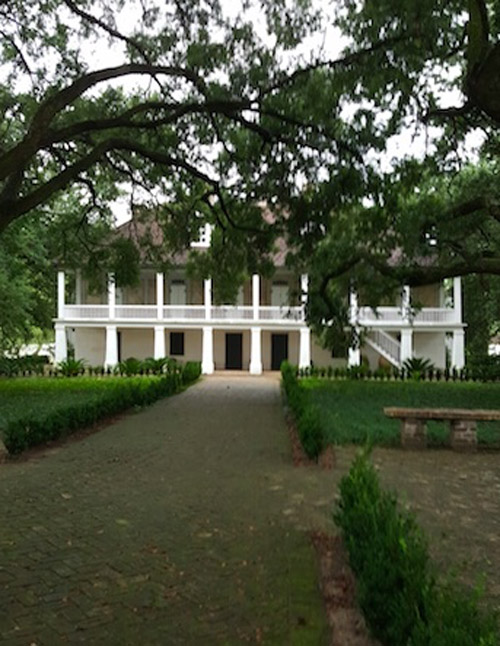
.png)
.png)
.png)
.png)
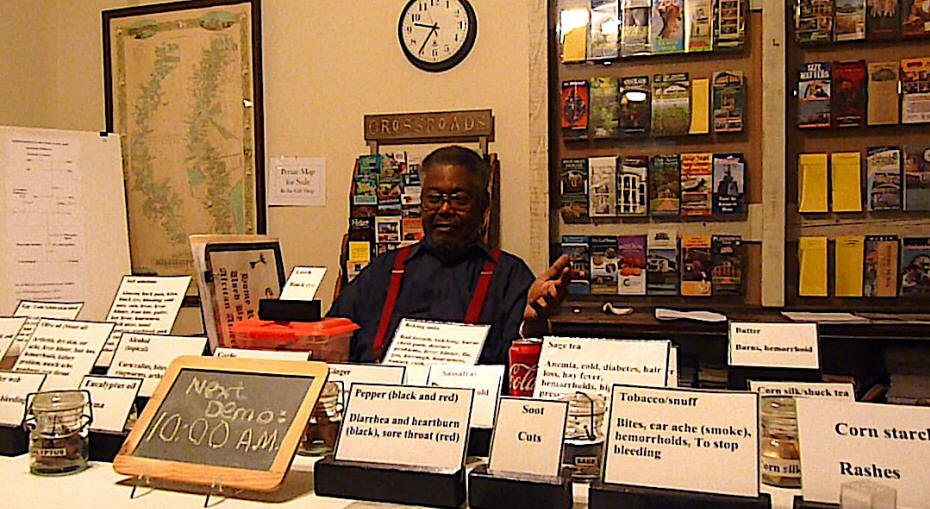
.png)
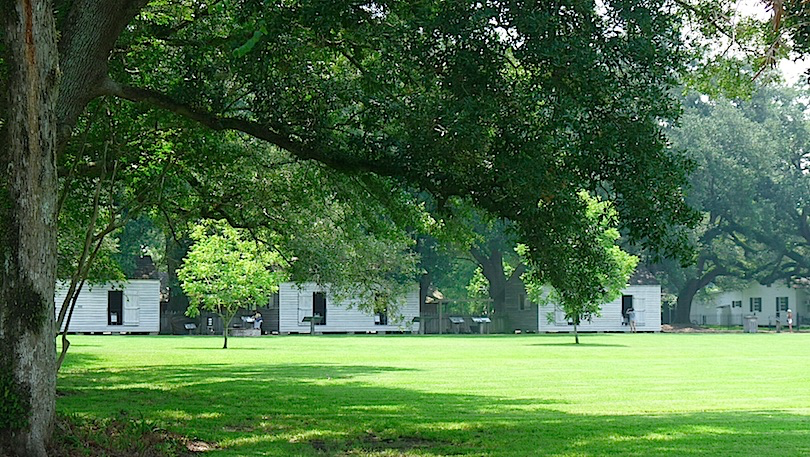
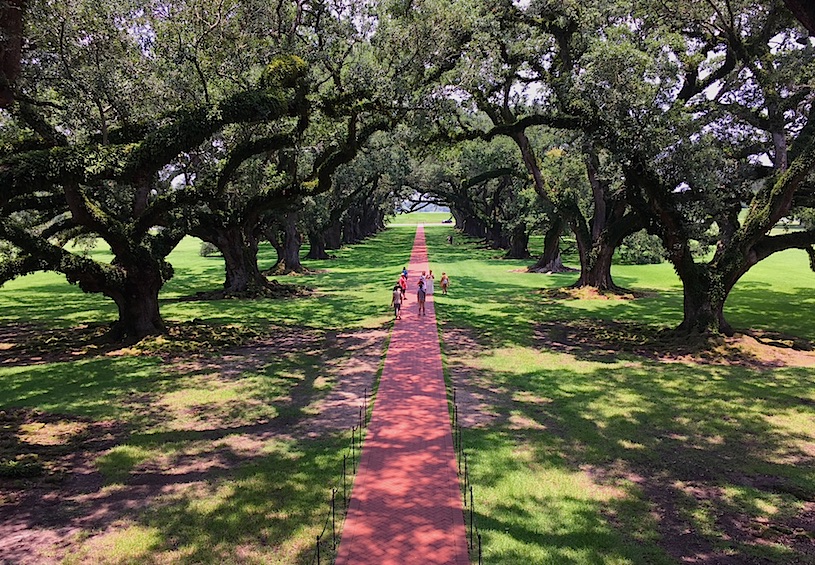
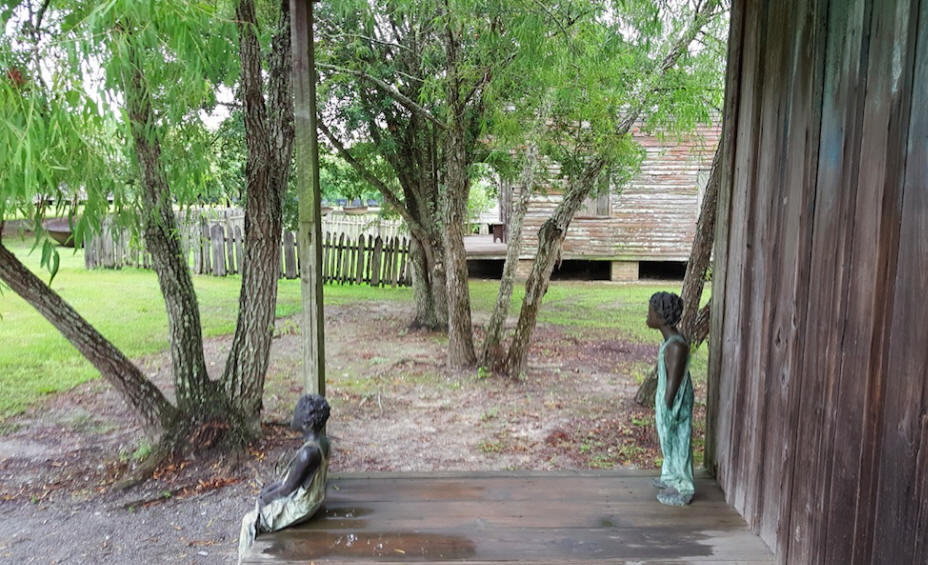

.png)
.png)
.png)
.png)
.png)
.png)
.png)
.png)
.png)
.png)
.png)
.png)
.png)
.png)
.png)
.png)
.png)
.png)
.png)
.png)
.png)






